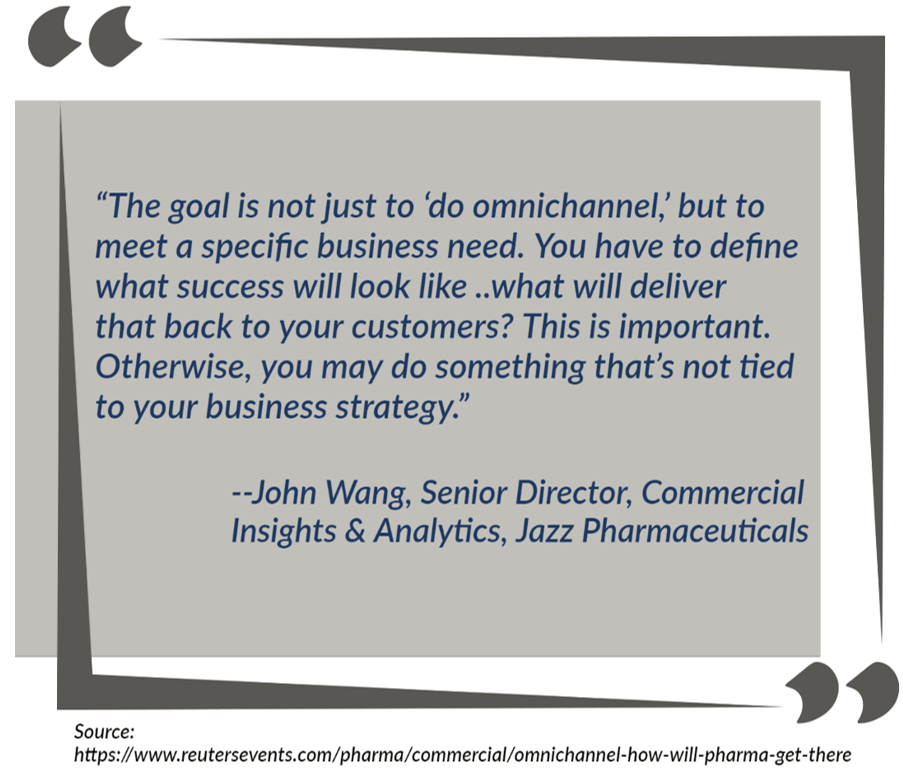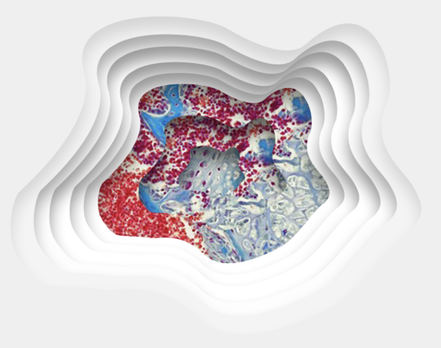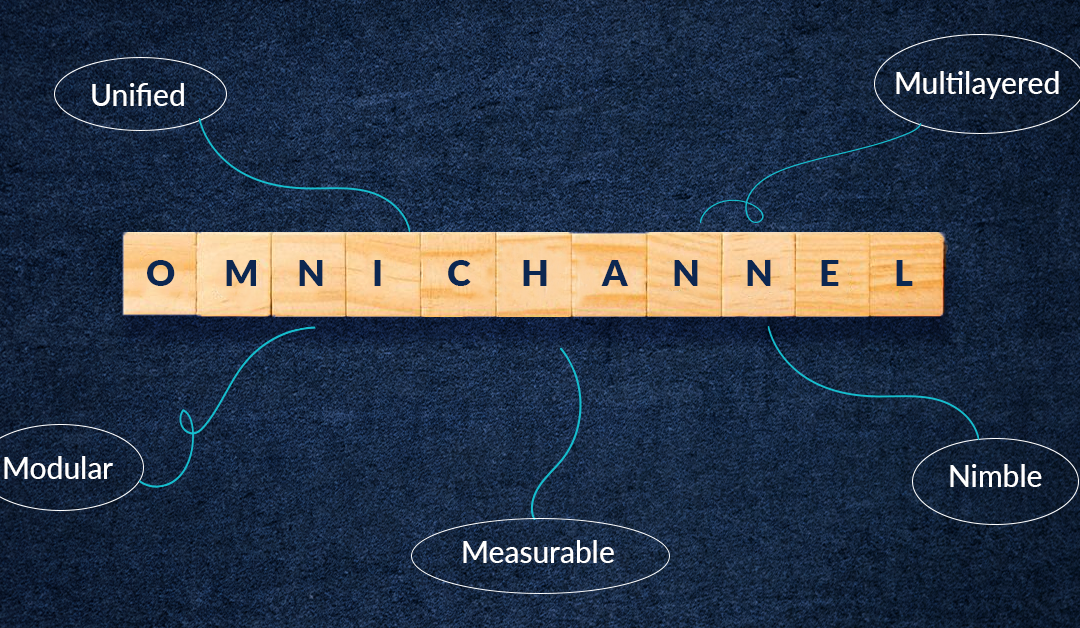Learn how to prepare for omnichannel; meeting Medical Affairs where they are…
Multichannel and omnichannel are two terms that are used interchangeably. However, there is a distinct difference. While both use multiple communication channels to reach their audiences, only one provides an integrated experience centered on the user: omnichannel. Most pharmaceutical organizations are set up to be multichannel. They have different business units that manage different interactions, with siloed data and operations. Their scientific narratives are disseminated across multiple channels, but each communication channel is treated as an individual opportunity. This results in a disjointed experience, with redundancies in information dissemination, or knowledge gaps that remain unfilled. Much needs to be done for an organization to transform medical communications from multichannel to true omnichannel. Commercial and Medical Affairs must partner with each other to achieve the real benefits of omnichannel. If your organization is not yet ready for this collaboration, it will result in creating a multichannel execution, with “true omnichannel” being just a phrase du jour. Here’s what you need to know.
Omnichannel is multilayered
Omnichannel uses each touchpoint to build on the last, enabling your audience to increase their knowledge on a topic. In the case of time-stressed healthcare providers (HCPs) who want on-demand access to data on many different platforms, omnichannel allows you to present the same content in different channel-specific formats, so data are presented cohesively and in a way that’s relevant to the user. Omnichannel offers a single view of engagements so that anyone from your organization who is interacting with an HCP knows what happened the last time they engaged with that individual either virtually or in person. This requires that each interaction be logged into a single database, with metrics related to the customer’s experience. Most importantly, internal stakeholders must first align on business objectives for the products with the greatest potential to benefit from an omnichannel approach.

Omnichannel is unified
Omnichannel orchestrates channels and content to create an engaging experience with a unified message strategy. This means your users can move seamlessly between channels and get the same narrative wherever they are.
To effectively use an omnichannel approach, you need to have a deep understanding of the stakeholder learning and engagement journey and content learning preferences. Unlike multichannel, which simply puts out information independently, omnichannel’s content integration across platforms demands a cohesive and coordinated plan to reach your targets with your most compelling messaging no matter where they are. In fact, using channel and content preference insights has been shown to realize significant benefits, including
- 5% to 15% revenue uplifts, driven by TRx and NRx prescriptions
- 10% to 40% gains in marketing efficiencies, with faster time-to-market and greater cost savings
- Higher HCP satisfaction as measured by net promoter scores (NPS)
With the proper audience insights and understanding, Medical Communications can prioritize channels in order to create exceptional customer experiences at every touchpoint.
Omnichannel is modular
Omnichannel requires more content than traditional approaches, as content is used across channels, and analytics drive content decisions. Creating modular content that is reusable is time intensive up front, but has several advantages over time, such as
- Fewer reviews as content has already been approved, which can streamline campaign planning
- Consistent messaging across platforms and channels
- Clear direction on which content can and cannot change
- Ability to adapt quickly when pivot points are needed—new content can be reviewed faster due to a lighter review team workload
Omnichannel is nimble and measurable
Omnichannel allows you to measure return on investment and pivot when analytics show it is necessary. Not only can you assess the performance of your initiatives at the end, but you can also adjust and adapt in real-time for iterative continuous improvements that maximize your impact. Instead of a retroactive look at the data, omnichannel technology allows you to proactively optimize your marketing mix with both leading and lagging indicators for context.
Omnichannel is an opportunity
Omnichannel marketing requires data coordination, a continuous improvement mindset, informative metrics, and superior content management. Cactus Life Sciences has the experience to deliver customer-centric scientific content on the right channel, at the right time, and in the most efficient way possible. Moreover, and most importantly, we understand the evolving roles of your internal stakeholders and collaborate with them to create content that helps them achieve their goals.
MSL content
The role of the medical science liaison (MSL) has rapidly transformed to be broader and more inclusive, requiring them to be more digitally savvy than ever before. Not only do MSLs need to be adept at identifying key opinion leaders (KOLs), but they also now need to consider the rise of the DOL (digital opinion leader) and develop content to satisfy both types of audiences. Leveraging all the available ways to interface with KOLs and DOLs includes delivering consistent educational material that can be used across multiple virtual engagement platforms from virtual congresses to text messages. Cactus Life Sciences can partner with you to create the interactive HCP tools and digital deliverables MSLs need to successfully engage with their KOL and DOL targets effectively and efficiently.
Congress materials
Omnichannel engagement is all about cohesiveness. Cactus Life Sciences helps build on prior MSL and medical education interactions with tactics like navigable guideline decks, coverage, SMART and interactive congress posters (Poster 2.0), simple audio enhancements using QR codes in posters, KOL videos and author videos and podcasts for congress support, congress planners, congress summary reports, daily debriefs, etc. By repurposing your most compelling content, we help you build on past engagement success and optimize the impact of your narrative across communication channels.
Disease state education tools/patient education materials
A singular viewpoint and unified messaging using modular content aren’t just for HCPs. Coordinating scientific information, such as disease state backgrounders, lexicon development, scientific communication platforms, medical communication plans, tech-oriented learning platforms, virtual and blended learning content, instructional design approach, patient plain language summaries for clinical trials and plain language patient platforms, to sit side-by-side with your scientific platforms is crucial to a true omnichannel approach for patients as well. Cactus Life Sciences has a number of patient-centric programs and technologies designed to make your omnichannel efforts seamless, efficient, and cost-effective.
To see how we can help you align your cross-platform strategies and create a cohesive omnichannel approach that optimizes your impact and provides the efficiencies you are looking for, simply contact us at lifesciences.cactusglobal.com today.
About the author

Laura Perry
Laura Perry is Vice President, Marketing, at Cactus Life Sciences.













